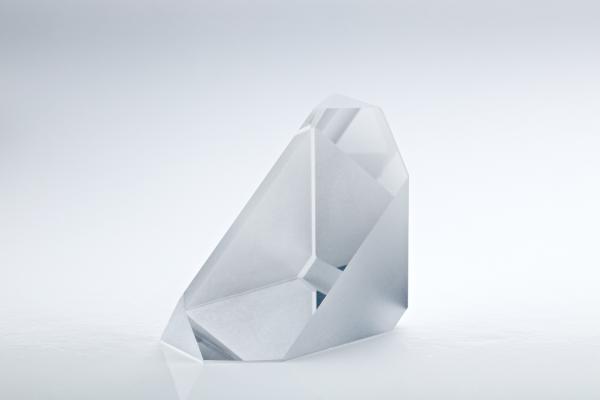
Two reflecting surfaces perpendicular to each other are called ridge surface, and the prism with ridge surface is called ridge prism.
The ridge prism is small in volume and can make the objective lens and eyepiece in a straight line, so it is often used for extremely compact binocular lens.
Characteristics of roof prism
Compared with Pro prism, ridge prism has two main disadvantages: one is more light loss and darker imaging;
Second, it has high requirements for assembly accuracy, which is difficult to manufacture and expensive. The roof prism with excellent manufacturing can catch up with but will not exceed the pro prism in terms of performance.
The key of roof prism lies in the existence of roof surface. The so-called roof surface is a ridge shaped reflecting surface sandwiched by two reflecting surfaces in the optical path. The edges of the two surfaces are in the middle of the optical path. Therefore, some roof prisms can see a dividing line in the middle. In fact, it can also be understood as dividing the light beam into two parts and then combining them. Forming two mirrors into a right angle forms a ridge surface. A most commonly used Behan prism principle needs to be reflected six times. Correspondingly, there is also an Abbe prism commonly used in modern Zeiss telescopes, which is also a ridge prism. It is slightly longer, but it only needs 4 reflections and does not need to be plated with a reflective layer. Therefore, its efficiency is higher than that of Behan prism and is similar to that of ordinary Paul prism.
Ridge action
Without changing the direction of the optical axis and the imaging direction in the main section, add a reflection to make the total reflection times of the system change from odd to even, so as to meet the requirements of object image similarity.
Right angle prism difference
Right angle prism as shown in the figure:
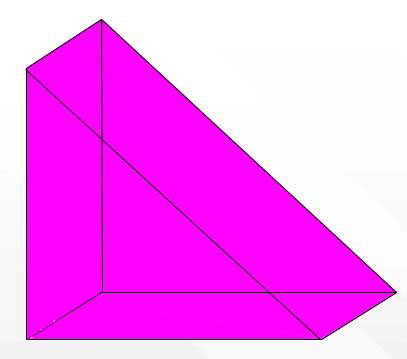
Right angle prism reflection:
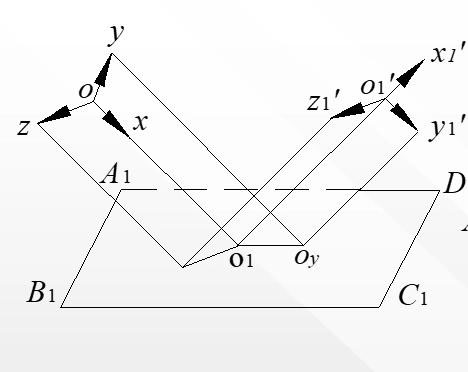
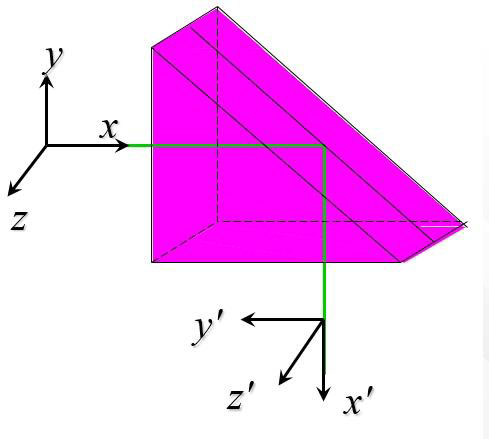
Ridge prism reflection:
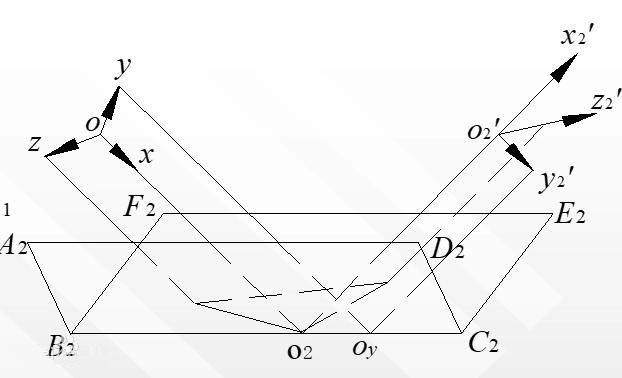
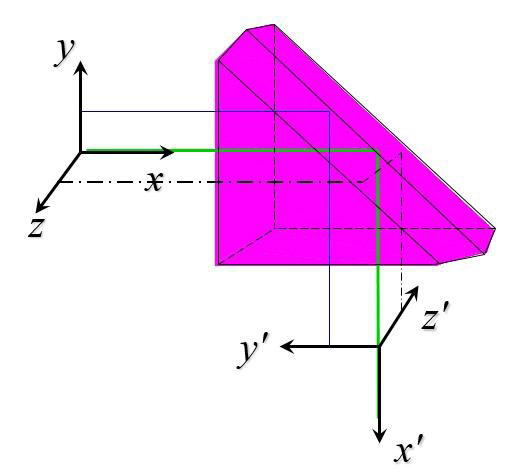
Roof prism in telescope
The telescope with roof prism structure is usually called roof roof telescope, while the telescope with Paul prism structure is usually called Paul telescope.
Paul style telescopes were adopted when they first came into the market. With the development of telescope technology, roof style came into being. Roof style telescopes are generally used in high-end telescopes because of their relatively complex structure and high production technology.
Advantages and disadvantages of using roof prism as telescope
In the very early development of telescopes, there was a roof prism, which can keep the outgoing light and incident light in a straight line. Its lens barrel is straight, and the sense of distance, stereopsis and size are also closer to the naked eye.
The main reason for the popularity of roof mirrors among bird watchers is that the images of Paul telescope and roof telescope mentioned above are different in size. The bird looks bigger in the roof prism telescope, but it is not really bigger. If you measure an 8x Paul and an 8x roof, you will find that the size is the same. But it’s really hard for our brains to accept that what we see is actually the same size. A friend of mine studied this phenomenon quantitatively. He related the size of the object he felt to the distance between the objective lenses. In this regard, the reverse Paul prism telescope, that is, the telescope whose objective lens is closer than the distance between human eyes, is particularly prominent)
There are other aspects of roof prism that deserve attention. In the most common roof prism: Schmidt special Han prism, there is an interface that cannot produce total reflection, and most of the light will be emitted rather than reflected. So we have to plating this reflecting surface into a mirror. A thin metal reflector allows light to be reflected. Start using silver until aluminum starts mass production (the advantage of aluminum is that it will not oxidize as fast as silver and reduce reflectivity). Most advanced roof prism telescopes return to silver coating because of its higher reflectivity, and silver is not easy to oxidize for nitrogen filled sealed telescopes.
Unfortunately, even the best silver reflective film is not as efficient as total reflection, and some light will always be lost. The light loss of aluminized prism can reach 15%. Until recently, the brightness of roof prism telescope was still unable to compete with Paul.
In addition, when the light is reflected back from the mirror, its phase changes. We can regard the light wave as a wave that vibrates in all directions. When reflected from the mirror, it will be partially polarized, and the wave energy that vibrates in the horizontal direction will be higher. Part of the energy (brightness) and part of the information (resolution) are lost. When two partially polarized light beams meet and interfere with each other, this loss will be greater. If we don’t take any measures, the roof prism telescope will be darker and softer than the Paul telescope of the same grade. As mentioned earlier, bird watchers prefer to use roof prism telescope, even if its imaging is slightly worse, because it has better perspective and operation sense. Roof telescope can achieve better luminous transmittance and clarity through better lens and coating technology, so more expensive and complex roof prism telescope is designed.
Paul ridge
1. Because the cost of Paul telescope is low, and the brightness and contrast can be satisfied without too much cost. Therefore, Paul style is a good choice for medium and low-end telescopes within 2000 yuan. (if you require accurate stereo vision and distance of the telescope, don’t choose Paul style). For the high-definition telescope with more than 2000 yuan, due to the comprehensive requirements for quality, there is basically no need to choose Paul style.
2. The operation and stereoscopic sense of roof type telescope will be very good, but it needs good lens and coating technology to improve the brightness, so the roof type telescope should choose the HD roof type telescope with more than 2000 yuan. This is the perfect combination. If you choose the ridge type within 1000 yuan, the brightness is difficult to guarantee due to different manufacturers. It is recommended to buy it carefully.



